World War 2 Timeline Worksheet
The World War 2 Timeline Worksheet is a valuable resource for history enthusiasts seeking a comprehensive overview of this significant global event. Designed for middle school students and beyond, this worksheet provides a structured approach to learning about the chronological events of World War 2. With concise descriptions and thought-provoking questions, it allows learners to engage with the subject matter on a deeper level, fostering a greater understanding and appreciation for this pivotal moment in history.
Table of Images 👆
More Time Worksheets
Timed Multiplication Worksheets1 Minute Timed Addition Worksheets
Learning to Tell Time Worksheets Printables
Timed Addition Worksheets
Time in 15 Minute Increments Worksheet
Practice Times Tables Worksheets
Time Connectives Worksheet
Time Management Schedule Worksheets
When did World War II begin and end?
World War II began on September 1, 1939, with the invasion of Poland by Germany, and it ended on September 2, 1945, with Japan's official surrender following the bombings of Hiroshima and Nagasaki by the United States.
What triggered the start of World War II?
The start of World War II was triggered by Germany invading Poland on September 1, 1939, following years of escalating tensions and aggressive actions by Nazi Germany, and eventually led to the involvement of major world powers and the outbreak of a global conflict.
Which countries were part of the Axis powers, and which countries were part of the Allied powers?
During World War II, the countries that made up the Axis powers were Germany, Italy, and Japan. On the other hand, the major Allied powers included the United States, United Kingdom, Soviet Union, and China. Other countries also joined the Allied cause throughout the war, such as Canada, Australia, and France.
What major event occurred on December 7, 1941, that led to the United States entering the war?
On December 7, 1941, the Japanese military launched a surprise attack on the U.S. naval base at Pearl Harbor in Hawaii. This attack killed more than 2,400 Americans and destroyed much of the U.S. Pacific Fleet. The following day, on December 8, 1941, the United States officially declared war on Japan, marking its entry into World War II.
What was the significance of the D-Day invasion on June 6, 1944?
The D-Day invasion on June 6, 1944, was a turning point in World War II as it marked the Allied forces' successful landing in Normandy, France, leading to the liberation of Western Europe from Nazi control. The operation was a major factor in the eventual defeat of the Axis powers, as it opened a crucial second front in Europe and put tremendous pressure on the German forces. The success of D-Day paved the way for the downfall of the Nazi regime and the eventual end of the war in Europe.
What major battle took place in the Soviet Union and marked a turning point in the war?
The major battle that took place in the Soviet Union and marked a turning point in the war was the Battle of Stalingrad. Fought from August 23, 1942, to February 2, 1943, it was a decisive victory for the Soviet Union over Nazi Germany, resulting in significant losses for the German army and a shift in momentum on the Eastern Front of World War II.
What was the Holocaust and how many people were killed during this tragic event?
The Holocaust was a systematic and state-sponsored persecution and murder of six million Jews by the Nazi regime and its collaborators during World War II. Additionally, millions of other individuals, such as Romani people, disabled individuals, homosexuals, and political dissidents, were also targeted and killed. In total, an estimated 11 million people were killed during the Holocaust, making it one of the darkest chapters in human history.
What was the significance of the atomic bombings of Hiroshima and Nagasaki?
The atomic bombings of Hiroshima and Nagasaki were significant in bringing a swift end to World War II and prompting Japan's surrender. The devastation caused by the bombings and the inhumane impact on civilians raised ethical questions about the use of such destructive weapons and shifted global perspectives on warfare and nuclear weapons. These events also marked the beginning of the nuclear age and intensified the arms race between major world powers, shaping international relations and policies for years to come.
When did Germany surrender, and what was the outcome of the war in Europe?
Germany surrendered on May 7, 1945, which marked the end of World War II in Europe. The outcome of the war in Europe saw the defeat of Nazi Germany and its allies, leading to the liberation of occupied territories, the establishment of the United Nations, the division of Germany into East and West, as well as the beginning of the Cold War between the United States and the Soviet Union.
When did Japan surrender, and what were the terms and consequences of their surrender?
Japan surrendered on August 15, 1945, which effectively ended World War II. The terms of Japan's surrender were outlined in the Potsdam Declaration, which called for Japan's unconditional surrender and that their government be controlled by the Allied Powers. The consequences of Japan's surrender included the occupation of Japan by Allied forces, the establishment of a new democratic government, war crimes trials, and the issuing of a new constitution that renounced war and banned Japan from ever maintaining a military again.
Have something to share?
Who is Worksheeto?
At Worksheeto, we are committed to delivering an extensive and varied portfolio of superior quality worksheets, designed to address the educational demands of students, educators, and parents.

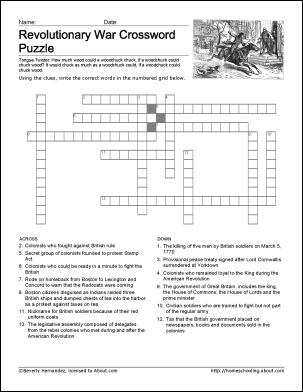



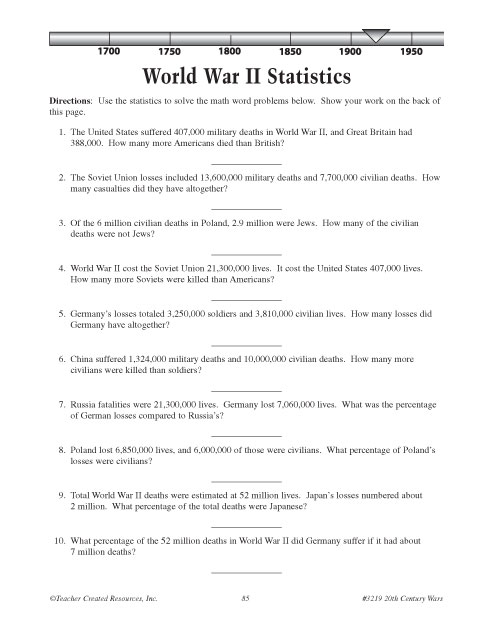
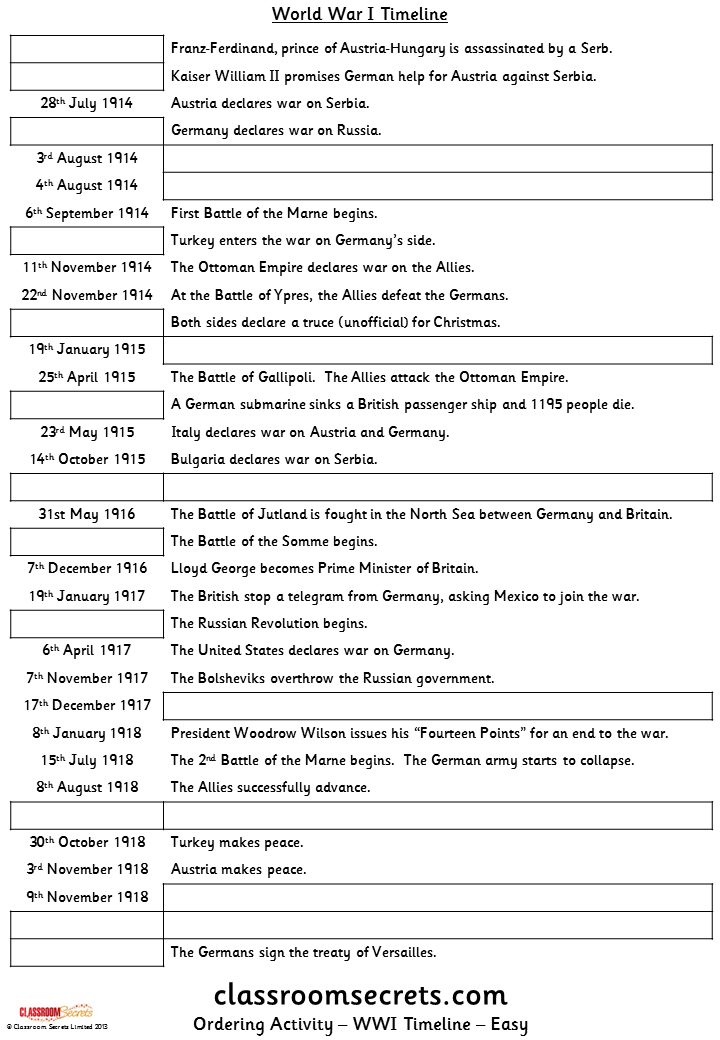
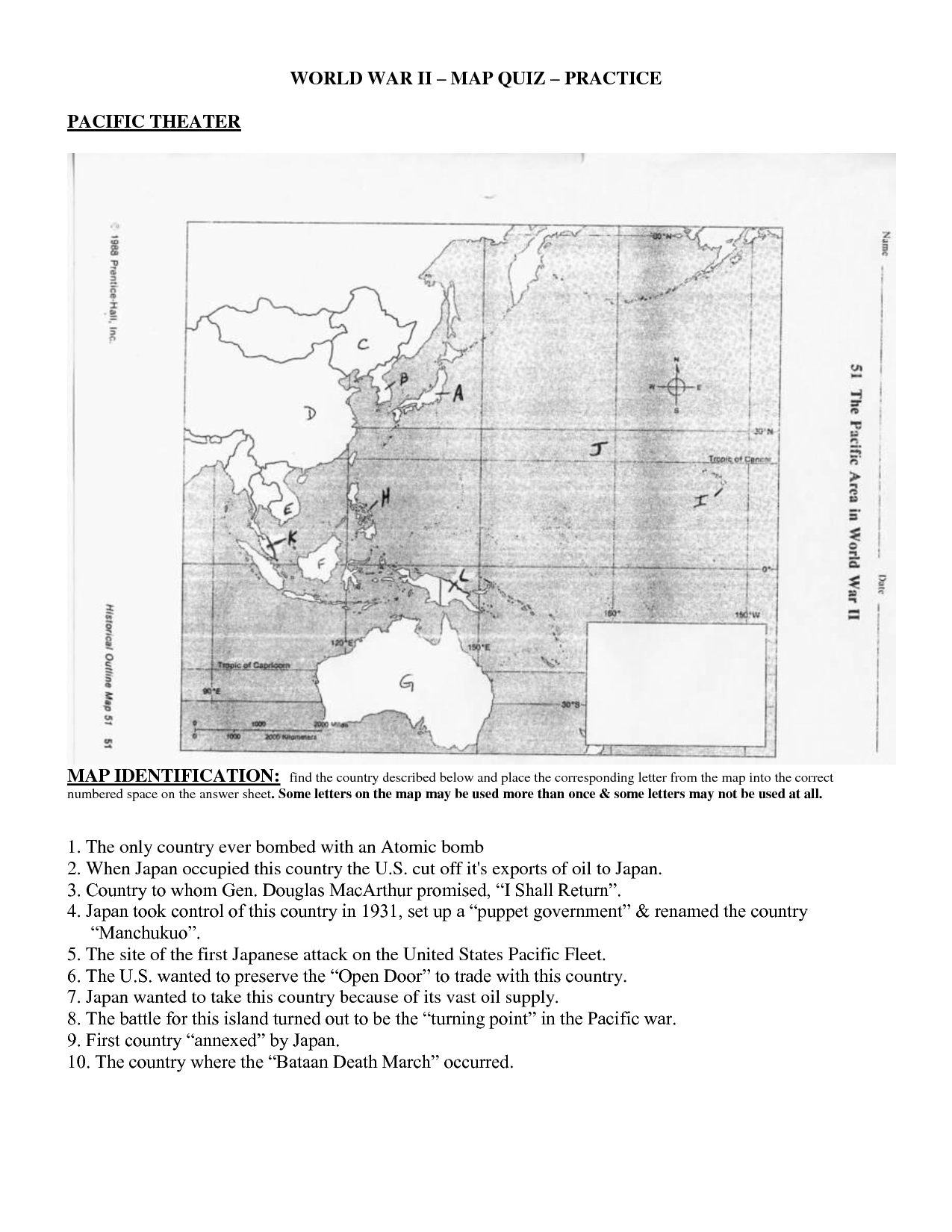
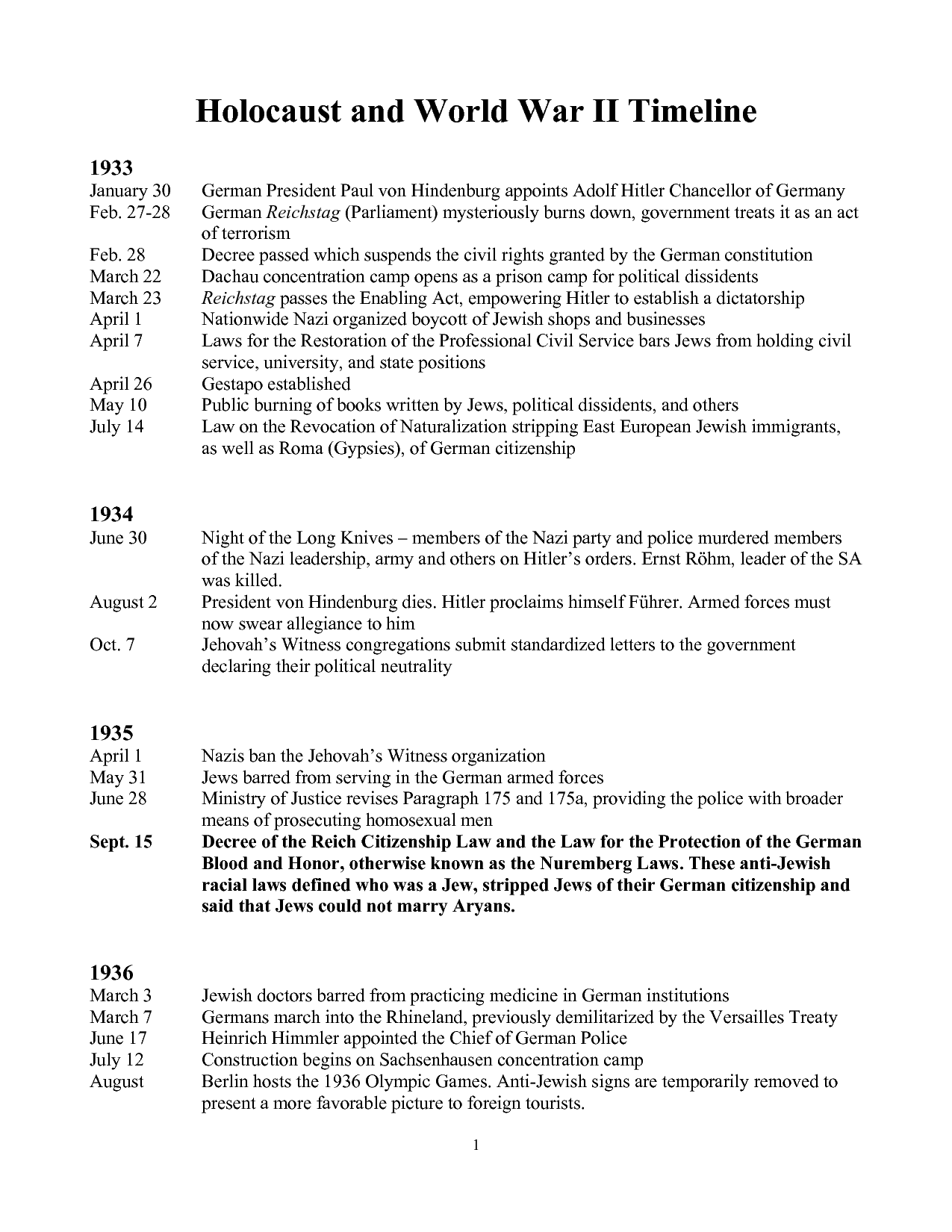

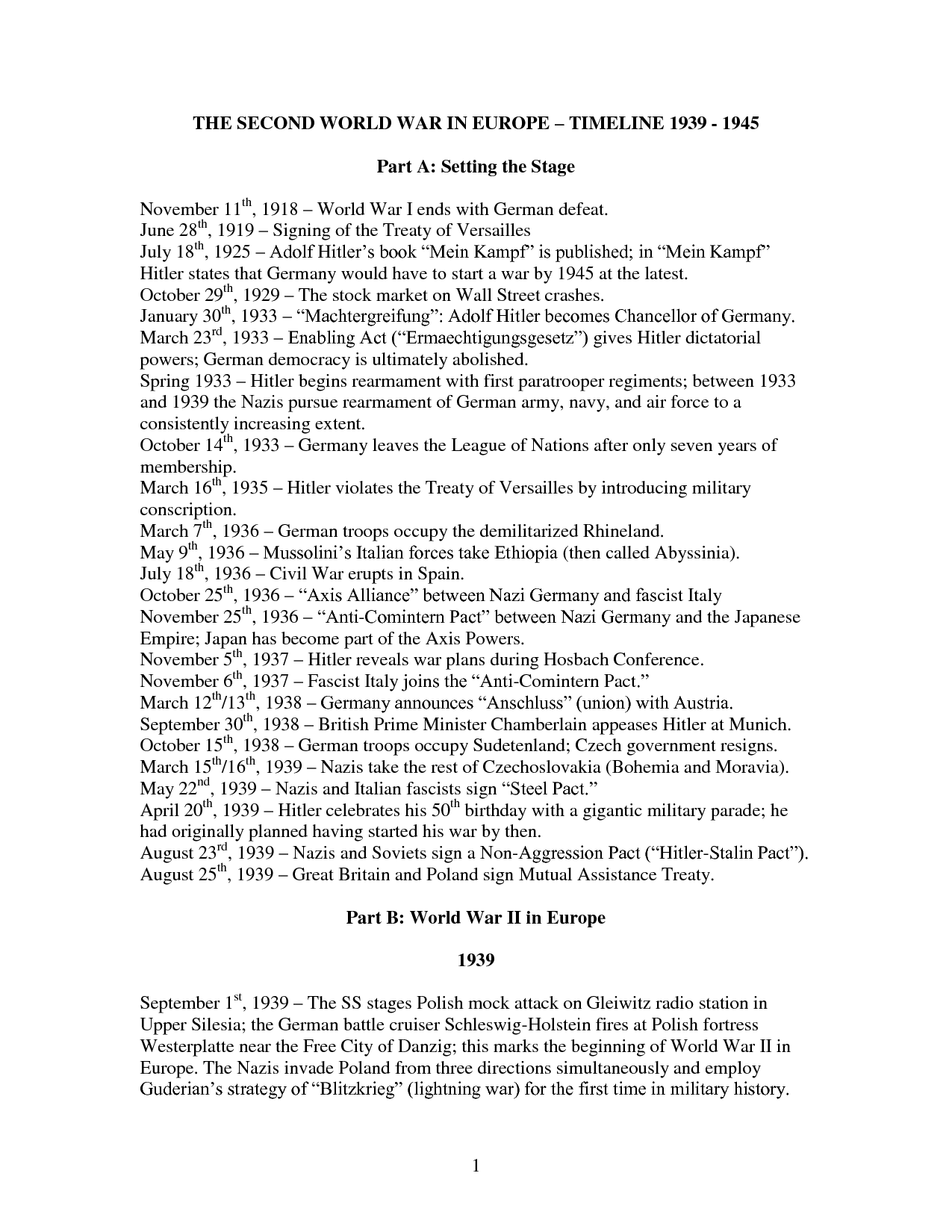

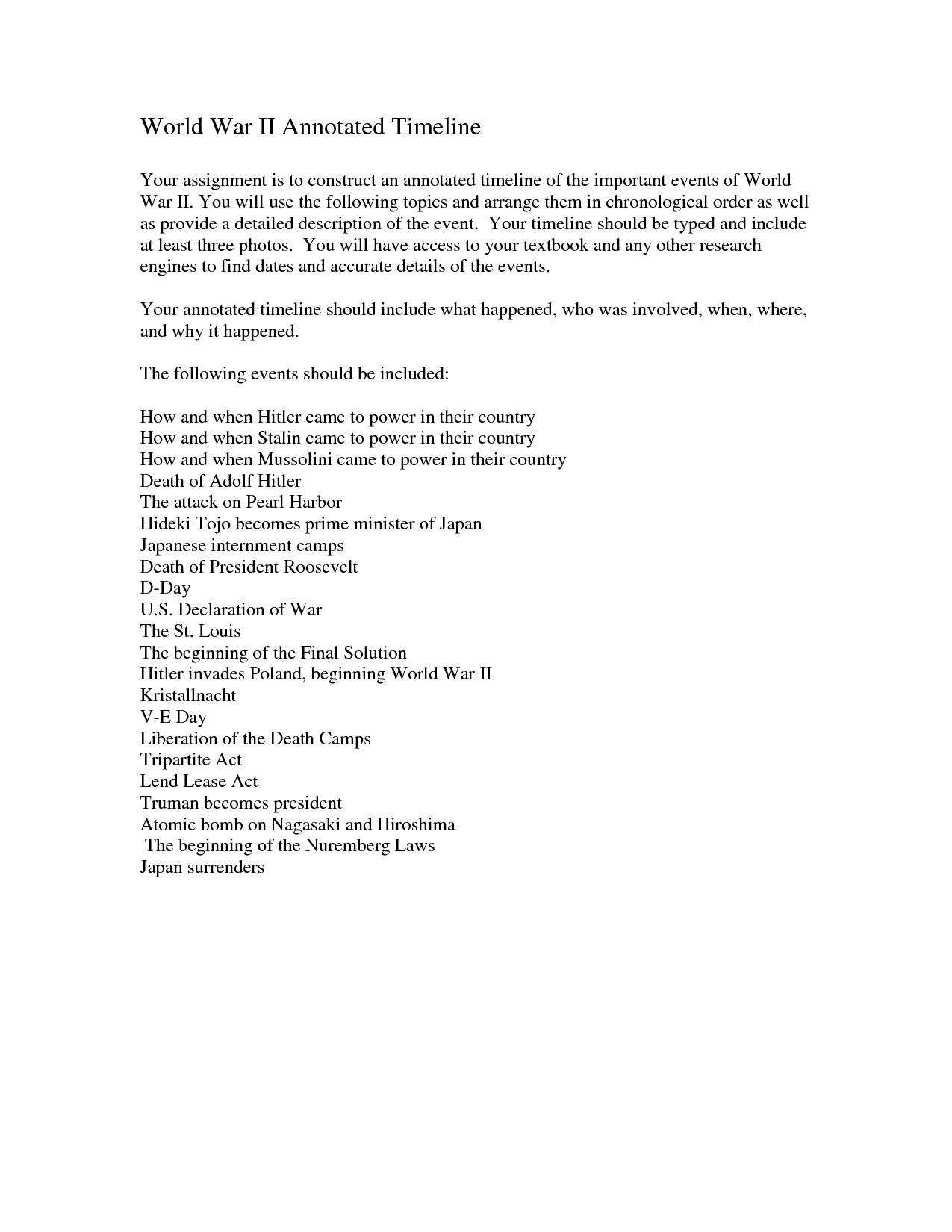








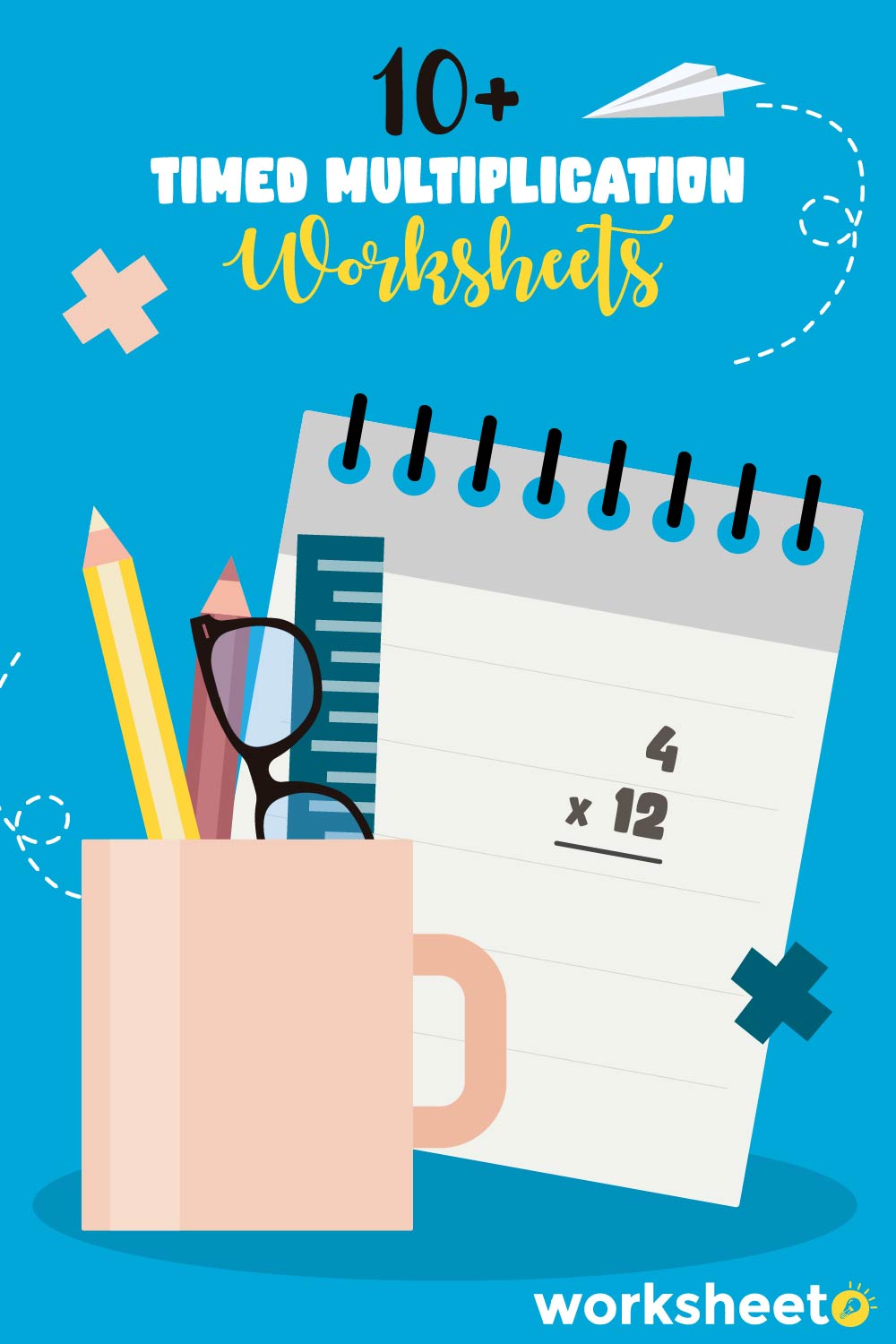


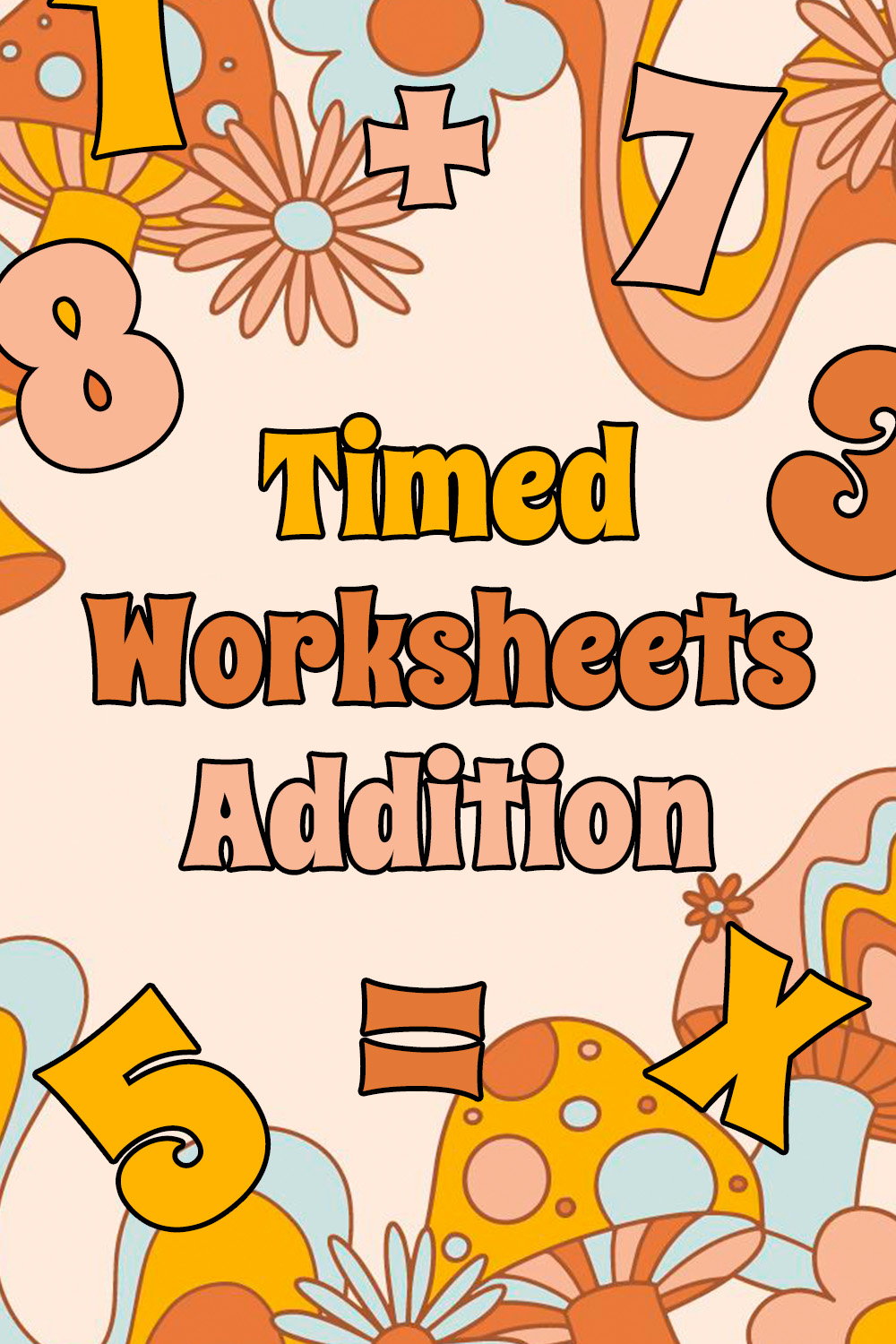
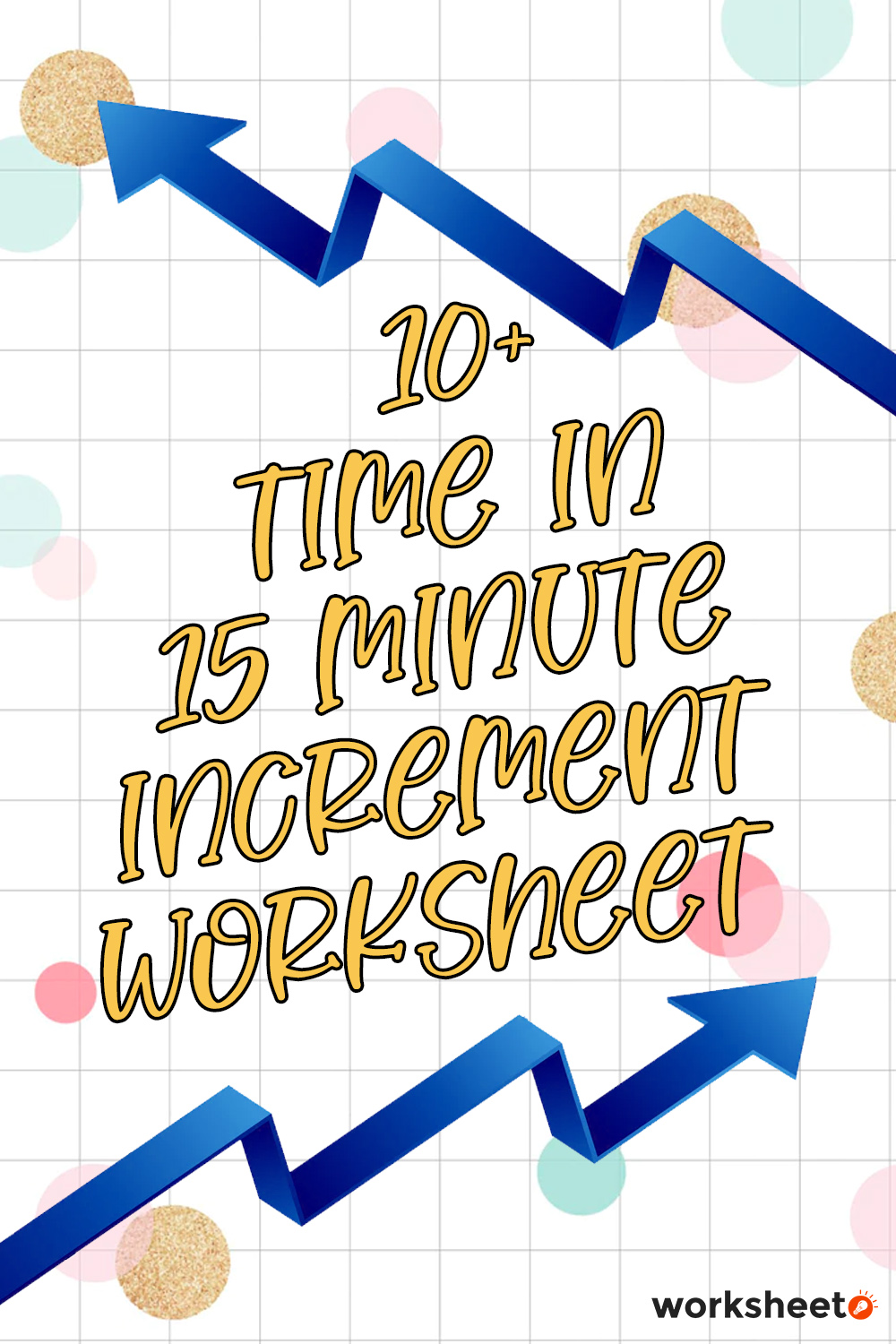
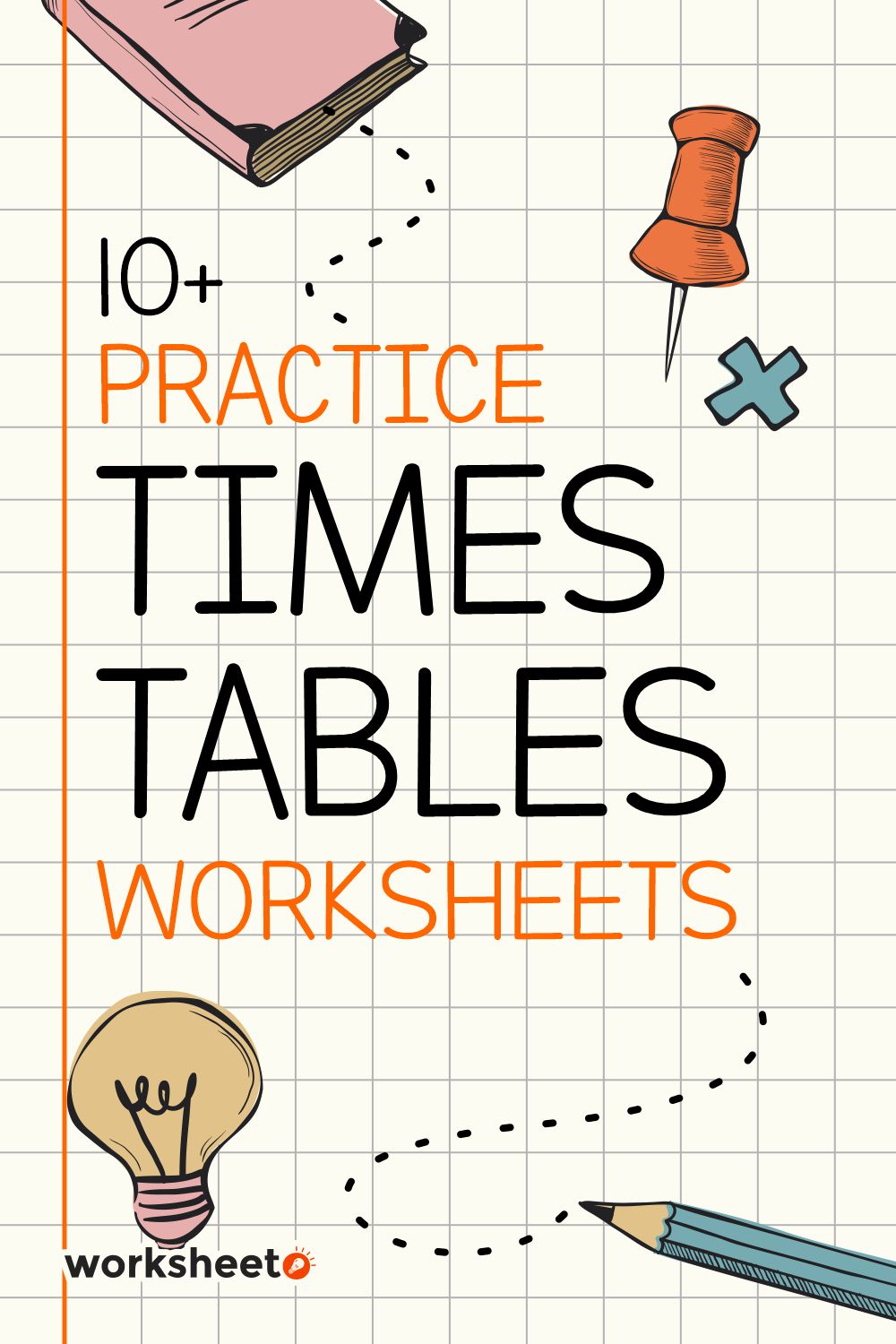
Comments